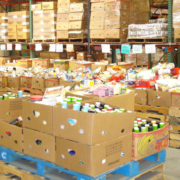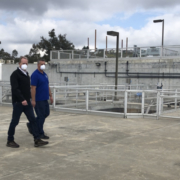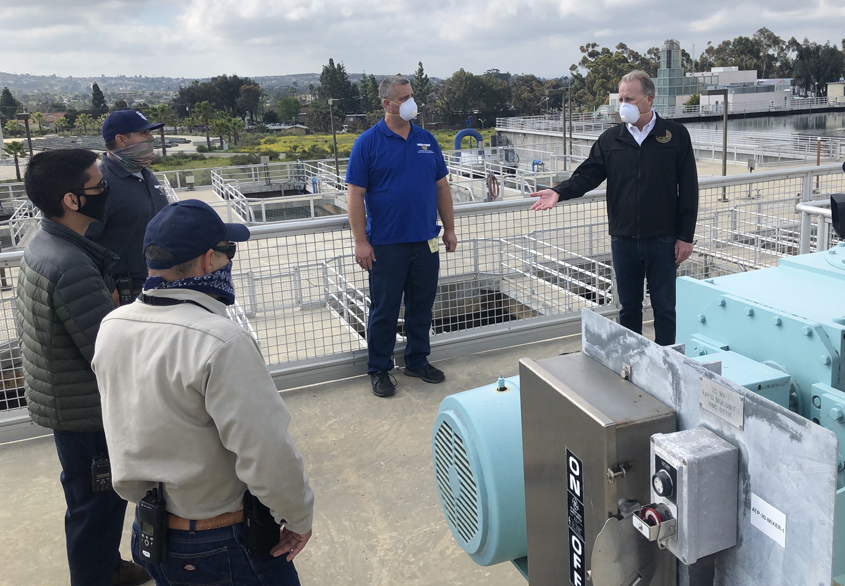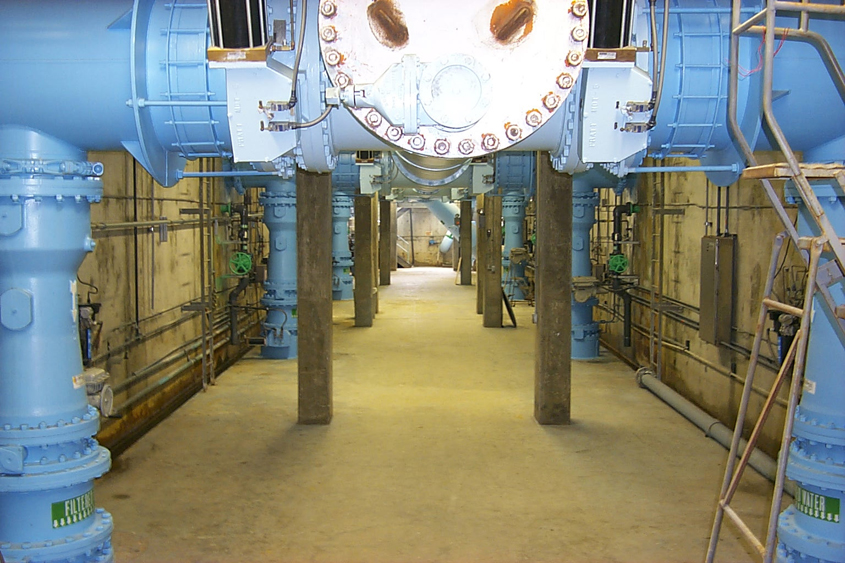San Diego Regional Water Agencies Boost Efforts to Fight Hunger
An effort to bolster food bank supplies and fight hunger in San Diego County is getting a helping hand from the region’s public water agencies.
The San Diego County Water Authority and its member agencies are supporting a virtual food drive in partnership with the Jacobs & Cushman San Diego Food Bank. The campaign allows donors to select and purchase items such as canned meats, vegetables, fruits, peanut butter and oatmeal for distribution to needy residents. To donate, go to www.bit.ly/SDWaterAgencyFoodDrive.
The Water Authority Board leadership launched the effort for staff and Board members about two weeks ago, then expanded it by inviting 24 retail member agencies countywide to join the effort to fight hunger. So far, nearly $6,000 has been contributed through that portal, and some member agencies are setting up their own portals for their service areas.
Help fight hunger
In addition, water agencies have partnered with the Food Bank to inform its clients that it is unnecessary to purchase bottled water when convenient, clean drinking water is available 24/7 at the tap for about a penny a gallon.
“The region’s water industry is committed to sustaining our community in this time of acute need,” said Water Authority Board Chair Jim Madaffer. “The San Diego region has come together time and again to meet challenges such as wildfires, and we’re doing the same to provide hunger relief during this crisis.”
Demands for food increase during pandemic
The San Diego Food Bank typically helps feed 350,000 people each month at 200 distribution sites — and demands have skyrocketed as the economic impacts of coronavirus closures ripple across the region.
Donations to the San Diego Food Bank are tax deductible to the extent allowed by law. The San Diego Food Bank is a 501(c)(3) organization.
Essential workers on the job
In response to the pandemic, the Water Authority and its 24 member agencies have increased regional coordination and communication to ensure continued delivery of safe and reliable water service for San Diego County. Public water supplies in the region remain safe to drink due to numerous robust treatment processes used by local and regional water providers.
As essential workers, the region’s water and wastewater system employees will continue to work to ensure safe and reliable water services.







